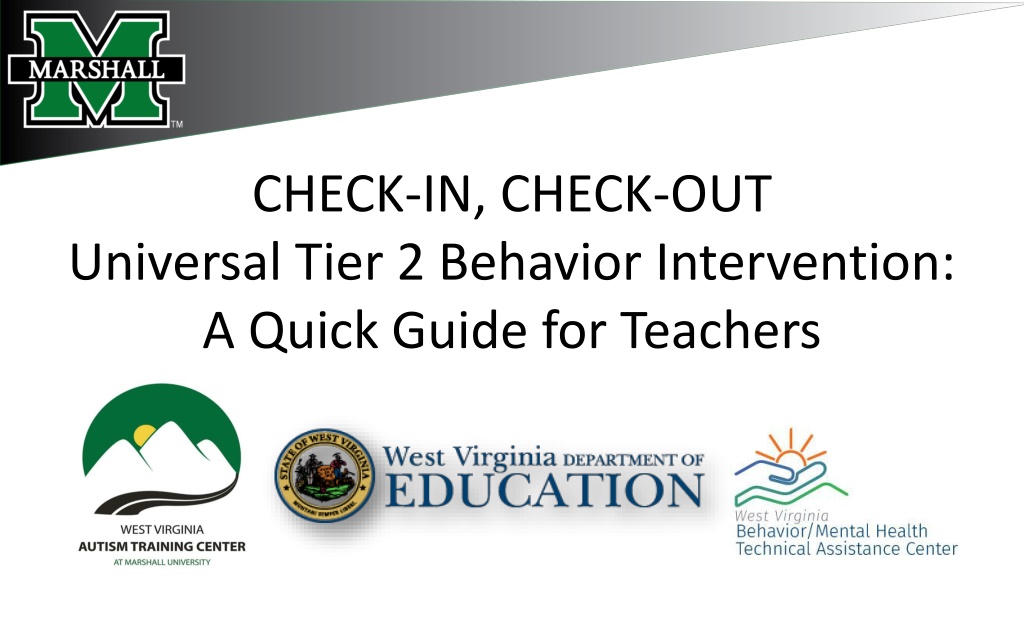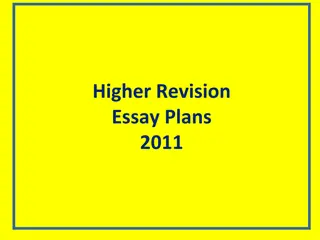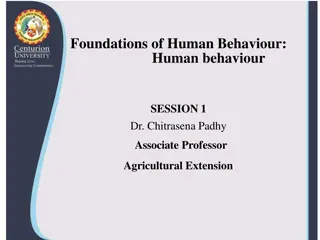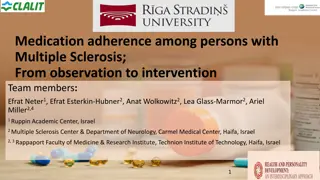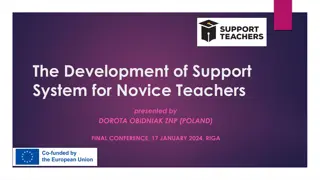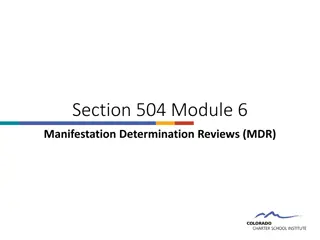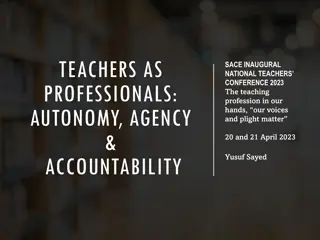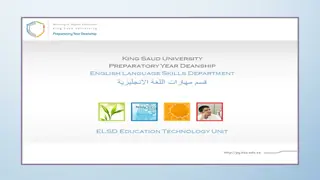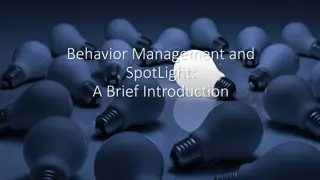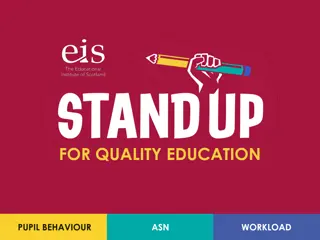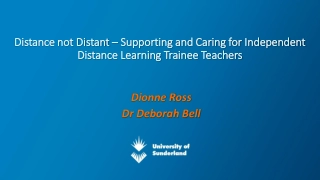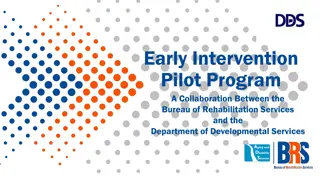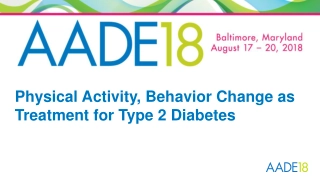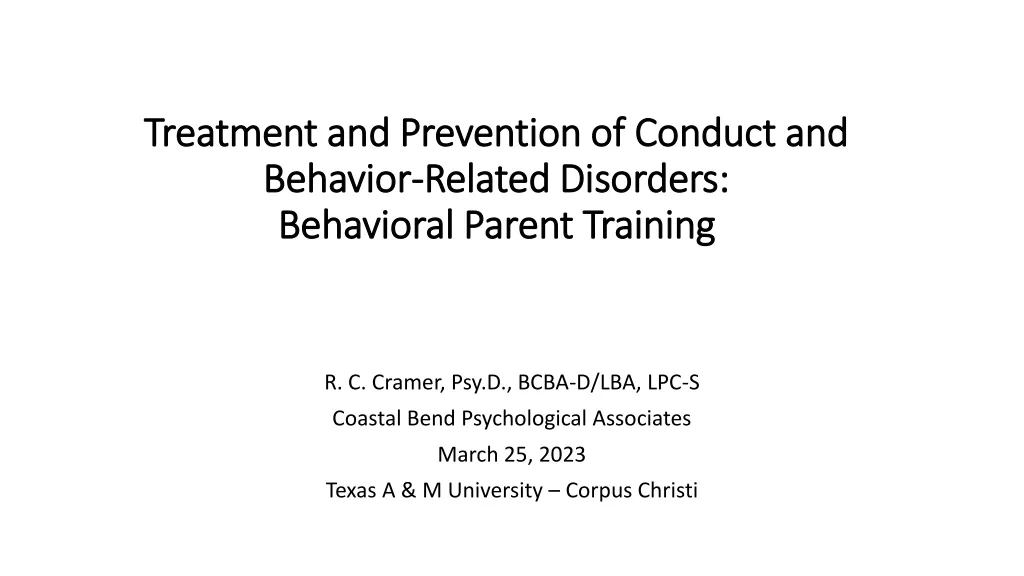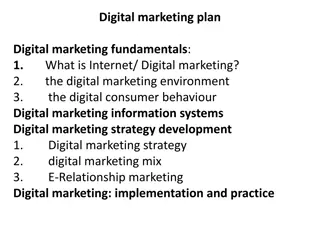Comprehensive Guide to Check-In, Check-Out Universal Tier 2 Behavior Intervention for Teachers
Explore the Check-In, Check-Out Universal Tier 2 Behavior Intervention designed to provide structure, accountability, and feedback to students, improving behavior and academic success. Discover how it creates a strong home-school connection and is tailored for students not meeting Tier 1 expectations consistently, while ensuring it is not for students in crisis. Learn about the daily components, getting started steps, and the role of a CICO facilitator in implementing this effective intervention.
Download Presentation
Please find below an Image/Link to download the presentation.
The content on the website is provided AS IS for your information and personal use only. It may not be sold, licensed, or shared on other websites without obtaining consent from the author. Download presentation by click this link. If you encounter any issues during the download, it is possible that the publisher has removed the file from their server.
Presentation Transcript
CHECK-IN, CHECK-OUT Universal Tier 2 Behavior Intervention: A Quick Guide for Teachers
Our Schools Current Data Number of discipline referrals Number of students receiving those referrals Areas of the school with the most behavior concerns Whatever Tier 1 data you want to share
What does Check-In, Check-Out do? Provides structure in a student s day Creates accountability Provides teacher feedback to student and parents Creates internal motivation Improves student behavior Increases academic success Creates a stronger home-school connection
Who is Check-In, Check-Out for? Students who do not meet our school s Tier 1 Expectations consistently. (enter your school s expectations here) Be Respectful Be Safe Be Kind (What is your school s policy on CICO referral?) *IT IS NOT FOR STUDENTS WHO ARE IN CRISIS*
Daily Components Check In and Check-Out with a Facilitator Any positive, reliable, caring adult in the school who has an interest in student s success Person must be available daily at beginning and end of day Regular Feedback Teacher during each class period will provide specific feedback to student Family participation (Decide how your school will communicate with parents)
Getting Started Collect Baseline data on student for at least 3 days on the Daily Progress Report (DPR) before introducing the intervention Use this to determine goal the first week Decide who will be the students CICO Facilitator Send a standard letter home to parents Create the template of the DPR and make copies Introduce student to CICO and teach how to earn points Introduce student to school-wide Tier 2 reward system
Insert your schools Daily Progress Report (DPR) here
How does Check-In work? CICO Facilitator is an identified adult that meets with the student first thing in the morning. Discuss goal for the day Predict hurdles for the day Plan to remove hurdles Write the goal at the top Write in daily schedule Teacher reviews the DPR when they return to class * Teacher can be the CICO facilitator for student*
Teacher Feedback Teacher circles in pencil during the time block and pen at end Some schools ask teachers to initial next to the number to keep students honest. This is up to you. Student takes the clipboard with DPR to every class Lunch and Recess can be scored by teachers on duty Student gets full points where behaviors are N/A during that time or environment (completes work during recess) As students mature, they can self report their behavior Teacher agrees with students score and gives specific feedback Teacher disagrees with students score and they discuss to get to a mutually agreed upon score *Make sure everyone that interacts with the student knows they are on CICO and gives them positive words to meet their goal*
BEHAVIOR SPECIFIC PRAISE 30 seconds or less! Provide Specific Praise for Behavior: Step 1: Identify the student or group Step 2: Include a term of praise Step 3: Describe/Acknowledge specific behavior/rule being recognized Step 4: (best practice): Link to school-wide expectation Step 5: (optional): Provide tangible reinforcement, DPR points, etc. Diane, Awesome! You are demonstrating Listening to the speaker, that's being respectful! Non-examples: Brian is sitting in his seat. Saying good job without connecting to school-rule. Giving ticket without saying anything Only giving a ticket for above and beyond behavior This whole table group cleaned up their lab area when the period bell rang. Well done! Way to show responsibility. MS Before & After Video Example: https://drive.google.com/file/d/0B1-B5Pl4nuDwbWUxMlpnM2pEc2M/view
STEPS TO SPECIFIC AND CONTINGENT Error Correction: 1 minute or less! Example: Joe [privately and with sincere voice tone], I saw that you were talking to your neighbor during independent work time. The expectation during independent time is focus on your own work which is Doing Your Best. Go ahead and start on your work again, and I ll stop by to catch you doing your best. 1. Respectfully address student 2. Describe inappropriate behavior 3. Describe expected behavior/rule 4. Link to school-wide expectation on Matrix 5. End with encouragement
CHECK-OUT EXPLAINED Students will Check-Out with their CICO Facilitator Facilitator or student will tally their points and see if they reached their goal Facilitator will use school s Tier 2 reward system Facilitator will file DPR and communicate to parents if the student met their goal Do not send original home without a back-up Parents are usually okay with a met or did not meet goal today
Daily Data Collection Facilitator will maintain DPRs and give to CICO coordinator weekly Keep the entire sheet or take a picture and e-mail to CICO coordinator Look for trends (time of day or day of the week) Ensure goal is realistic and attainable Problem solve * Do not send home the daily report without taking a picture or making a copy. Assume that it may not be returned.
Monthly Data Report Monthly the CICO coordinator will input data into chart to review students progress with Tier 2 team If student needs a Modified CICO target behaviors will be reviewed and updated as needed Monthly data reports will be used in meetings to make decisions Parents should receive a copy of monthly report
Check-In, Check-Out Tips If a student rips up their DPR discontinue it for the remainder of the day. If the problem persists Tier 2 Team will need to discuss Modified CICO options This is a POSITIVE behavior intervention Do not consistently give zeros and expect behavior to improve It is our job to identify when and where students are struggling then teach the skills they need to be successful
Tips Continued Buy-In is very important in the beginning attainment of goal is essential the first week Sometimes the goal may need adjusted at lunch to ensure it is still attainable Do they need a morning and afternoon goal? Have they already met their goal at lunch? Do they have no chance of reaching their goal at lunch? *DO NOT write any negative comments on the sheet.*
More Questions? Ask your Tier 2 PBIS Team Enter list of team members here!
